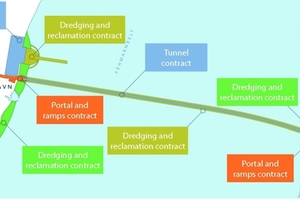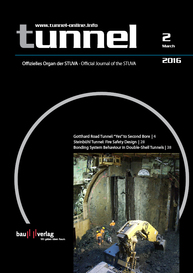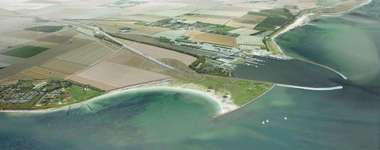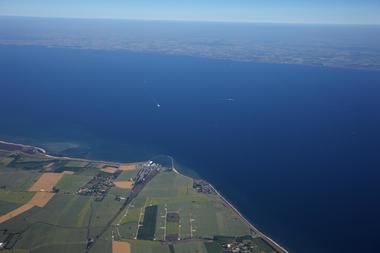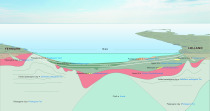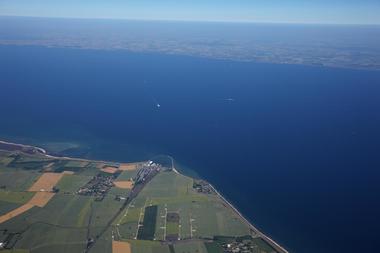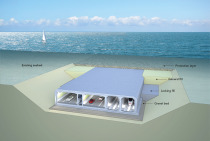Fehmarnbelt Tunnel: Preferred Bidders for main Contracts appointed
On March 4th 2016, the Danish political parties behind the Fehmarnbelt link mandated Femern A/S to appoint the preferred bidders for the main tunnel contracts with the aim of entering conditional contracts no later than mid-May 2016.
Conditional contracts mean that final and binding contracts will be signed with the successful contractors, but that construction work will be postponed until the German construction permit is in place. The contracts are valid until the end of 2019 with the option to renegotiate at that time.
Preferred Bidders
As preferred bidderfor the immersed tunnel includingthe tunnel factory the consortium Femern Link Contractors has been appointed:
Femern Link Contractors (FLC)
Vinci Construction Grands Projets S.A.S. (France)
Per Aarsleff A/S (Denmark)
Wayss & Freytag Ingenieurbau AG (Germany)
Max Bögl Stiftung & Co. KG (Germany)
CFE SA (Belgium)
Solétance-Bachy International S.A.S.(France)
BAM Infra B.V.(Netherlands)
BAM international B.V. (Netherlands)
Sub-contractor: Dredging International N.V. (Belgium)
Consultant: COWI A/S (Denmark)
Femern Link Contractors were also appointed as preferred bidder for building the portals and ramps. The line-up of contractors and consultant for this lot is the same as for the construction of the immersed tunnel, with the exception of sub-contractor Dredging International.
As preferred bidder for dredging and reclamation the consortium Fehmarn Belt Contractors has been appointed:
Fehmarn Belt Contractors (FBC)
Boskalis International B.V. (Netherlands)
Hochtief Solutions AG (Germany)
Ed. Züblin AG (Germany)
Van Oord Dredging and Marine Contractors B.V. (Netherlands)
Consultant: Sweco
(Denmark)
The immersed tunnel will be approximately 18 km long and comprise 89 large pre-cast concrete elements, cast in a factory built on the Danish side. The contractor will build the factory, cast the tunnel elements which will be just over 40 m wide and up to 15 m deep, transport them and immerse them into the tunnel trench under the seabed. The contractor will then cover the elements and finish with a layer of rock on top.
The soil from the excavation of the trench will be used to build new reclamation areas, peninsulas, east and west of Rødbyhavn and between Puttgarden and Marienleuchte on Fehmarn.
In addition to the portal structures in Denmark and Germany new roads and railways will be built from the tunnel openings to the existing motorways and railways further inland

